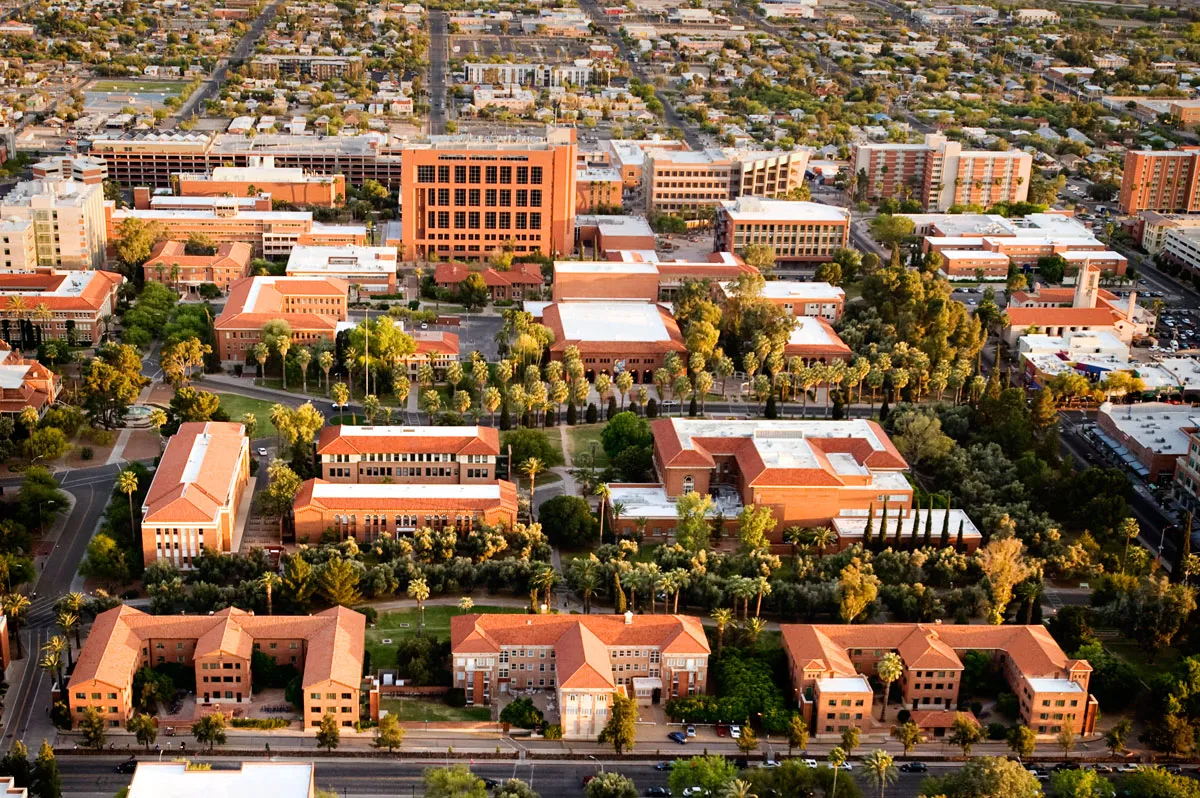
In 1885, the 13th Arizona Territorial Legislature met to allocate various institutions to cities in the Arizona Territory.
Prescott remained the capital, Yuma retained the prison and Phoenix received $100,000 and the insane asylum.
Tucson lost out and received the university and $25,000. When Southern District council member C.C. Stevens returned to Tucson, he was greeted by angry residents who threw rotten vegetables and a dead cat at him.
Pima County needed 40 acres of land to build what would become the University of Arizona and residents initially donated none.
A member of the Board of Regents picked out land east of Tucson as the best spot to build. The deed to the land, owned by two professional gamblers and a saloon keeper, was filed in 1886 and ground was broken on Old Main in 1887.
When classes began in 1891, Old Main was the only building on campus. It contained classrooms, offices, laboratories, a kitchen and mess hall, a photography dark room, and dorms for the 32 students and six faculty members.
Today, the University’s main campus is nearly 400 acres and includes more than 200 buildings for nearly 40,000 students and 15,000 employees.
Some of the most notable buildings on campus today:
- Centennial Hall — Originally named the Auditorium when it opened in 1936. Renamed Centennial Hall in 1985 after a $4-million renovation. Features more than 50 performances a year, including Broadway musicals.
- Bear Down Building, formerly Bear Down Gym — Home to the men’s basketball team prior to the opening of McKale Memorial Center. Added to the National Register of Historic Places in 1990.
- McKale Memorial Center — Opened in 1973 and named for “Pop” McKale, football, baseball and basketball coach at Arizona, as well as athletic director from 1914-57.
- Old Main — First building on campus. Added to National Register of Historic Places in 1972.
- Steward Observatory — Established in 1916 in memory of Henry B. Steward. The observatory is one of the world’s leading astronomical research centers.
